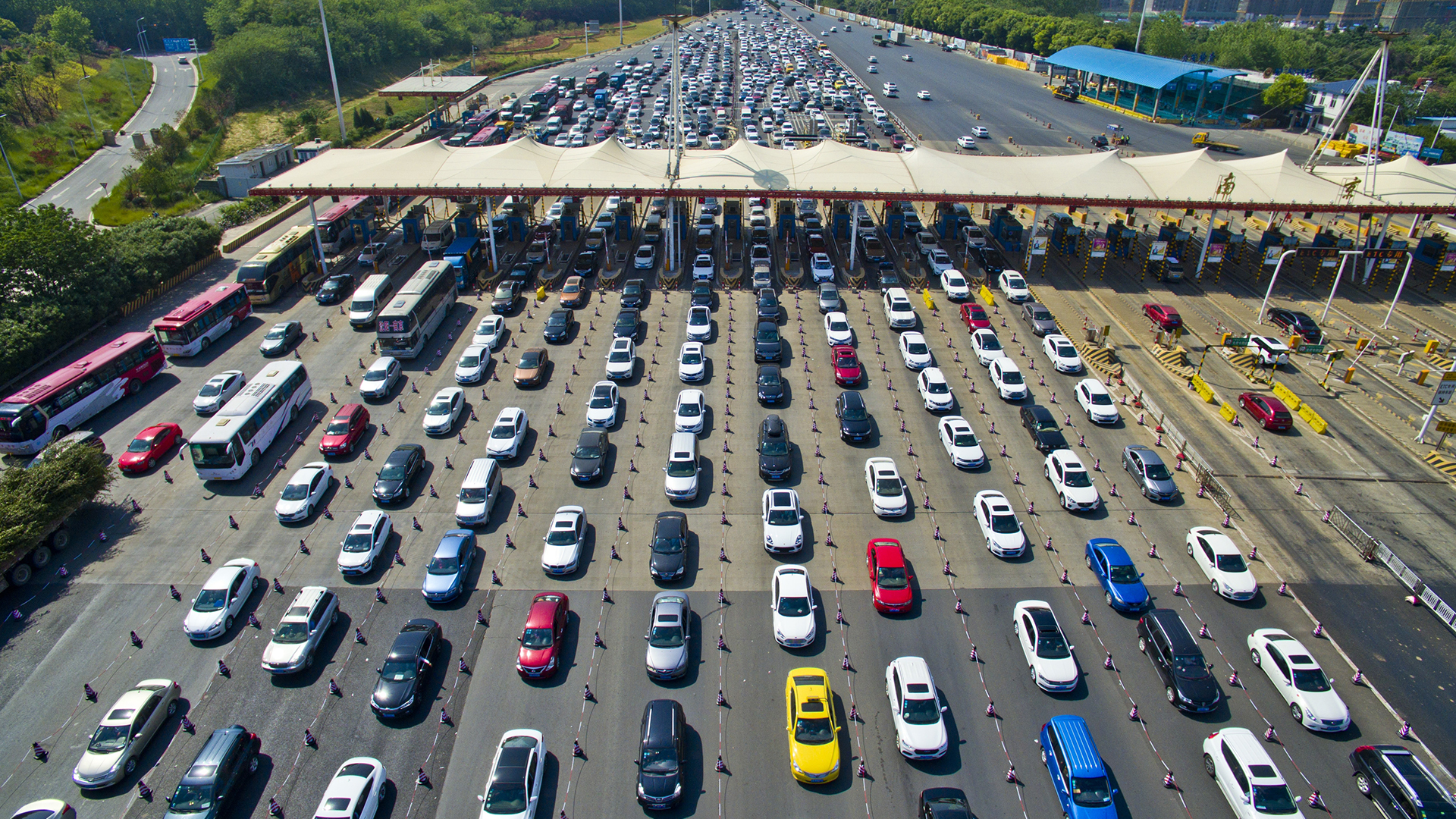

Ride-sharing services like Uber and Lyft may make it easier to get around cities, but they aren’t doing anything to reduce the number of cars on city streets, according to a new study.
The study (via Curbed), authored by University of California Davis researcher Dr. Regina Clewlow, found that ride-sharing usage does not decrease the overall amount of miles driven in cities. Even if people aren’t driving themselves, they are still taking the same number of car trips, according to the study.
Ride-sharing “is currently likely to contribute to growth in vehicle miles traveled (VMT) in the major cities represented in this study,” Clewlow wrote. According to her research, 49 to 61 percent of ride-sharing trips “would not have been made at all” if the services didn’t exist, or would have been made by walking, bicycling, or on public transit.
Ride-sharing services are often discussed as a way to reduce car ownership, but that won’t matter if VMT isn’t also reduced, Clewlow said in an interview with Curbed. Her research suggests that ride-sharing services could increase VMT in major cities, keeping the streets congested.
The study focused on seven major cities: Boston, Chicago, Los Angeles, New York, the San Francisco Bay Area, Seattle, and Washington, D.C. It included information on transportation choices from more than 4,000 respondents, recorded between 2014 and 2016.
Of that group, 21 percent of adults said they used ride-sharing services, with 24 percent saying they used the services on an hourly or weekly basis. The study also found that ride sharing led to a 6-percent reduction in transit use. That contrasts previous studies, which found that ride sharing complements public transit, the study said.
So while commuters may love Uber and Lyft because of their convenience, the services could still cause problems for urban planners. The question is whether ride-share users will mind sitting in ever-thicker traffic if they aren’t the ones driving.